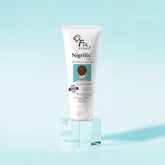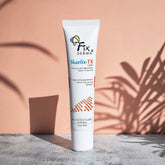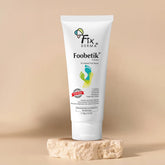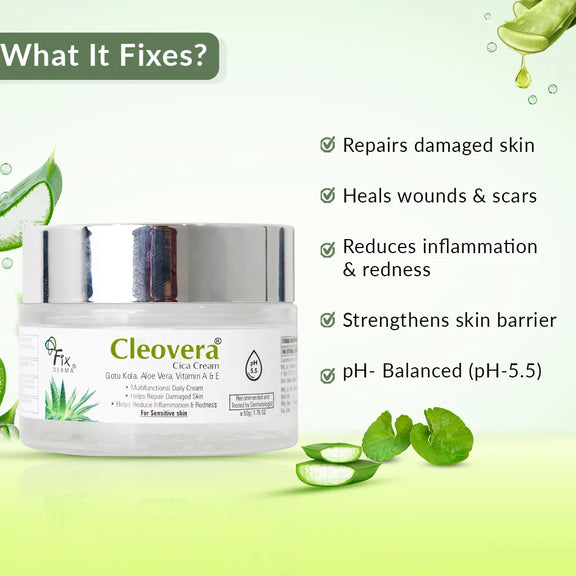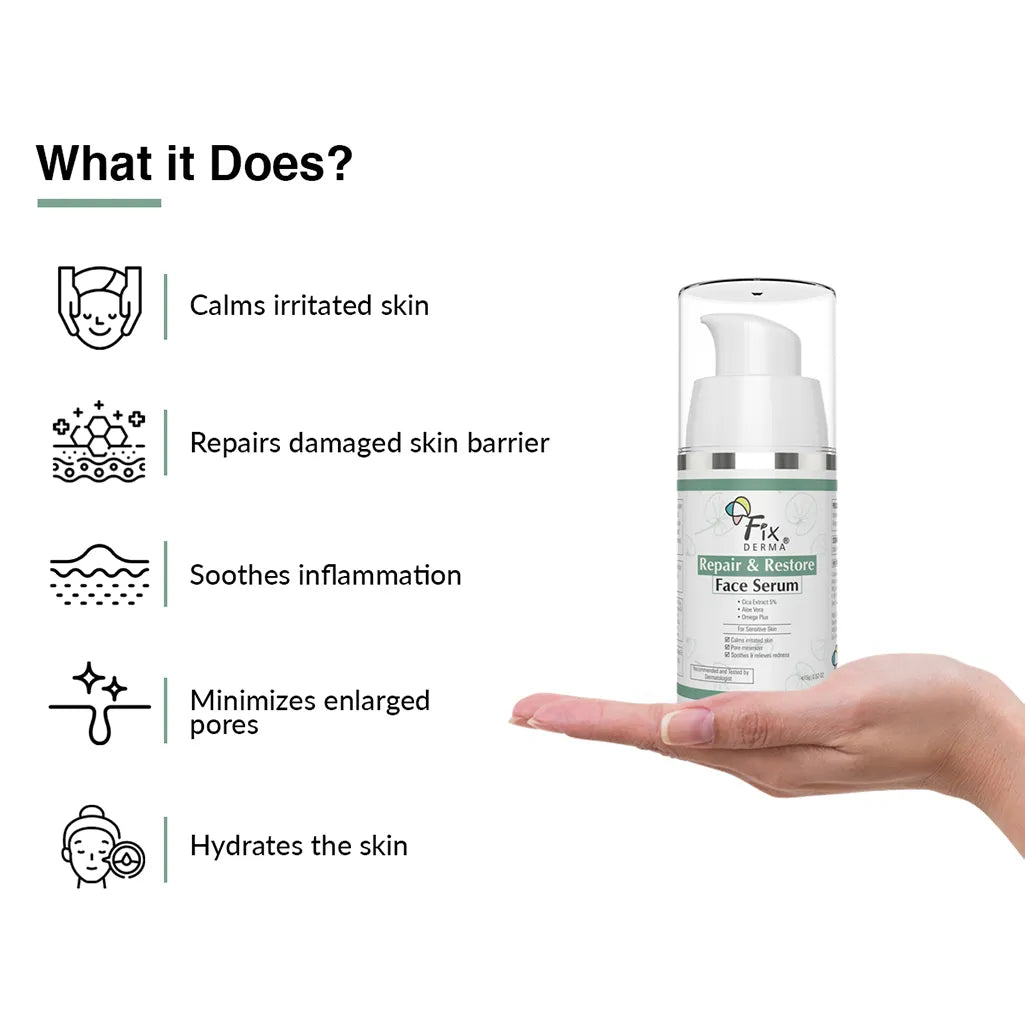The Science Behind Steroids: How They Affect Skin Cells and Tissues
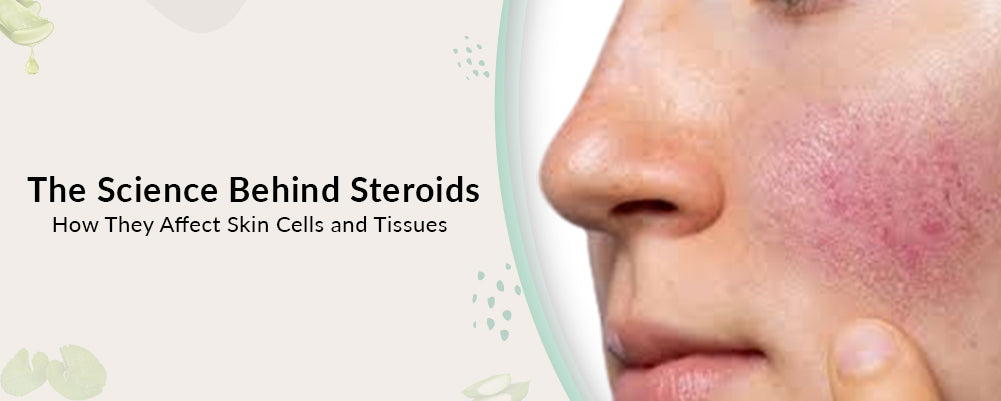
What are topical steroids?
Topical steroids, also known as corticosteroids or simply steroids, are a class of medications used to reduce inflammation and manage a wide range of skin conditions. These medications are applied directly to the skin in the form of creams, ointments, lotions, gels, or solutions. They work by suppressing the body's immune response and reducing inflammation, which helps alleviate symptoms like itching, redness, swelling, and discomfort associated with various skin conditions.
Topical steroids are commonly prescribed by medical professionals, such as dermatologists, for treating a variety of skin issues, including:
- Eczema (Atopic Dermatitis): These steroids can help control itching and inflammation associated with eczema flare-ups.
- Psoriasis: Topical steroids are used to manage the inflammation and scaling seen in psoriasis plaques.
- Contact Dermatitis: This includes allergic or irritant reactions that cause redness, itching, and rash.
- Allergic Reactions: Steroids can be applied to reduce inflammation caused by allergic skin reactions.
- Seborrheic Dermatitis: Often known as "dandruff," this condition causes redness and flaking of the skin, especially in areas with oil glands.
- Lichen Planus: This inflammatory condition can cause itchy, purple-colored bumps on the skin or mucous membranes.
- Vitiligo: Steroids can sometimes be used to help re-pigment areas of skin affected by this condition.
- Cutaneous Lupus Erythematosus: Inflammatory skin lesions caused by lupus can be managed with topical steroids.
It's important to note that topical steroids come in various strengths, ranging from mild to very potent. The strength prescribed depends on the severity and location of the skin condition, as well as the age of the patient. Long-term or improper use of high-potency topical steroids can lead to skin thinning, stretch marks, and other side effects.
How do steroids affect the skin when used improperly or excessively?
When steroids are used improperly or excessively on the skin, it can lead to a range of adverse effects and complications. The term "topical steroid misuse" refers to using these medications for extended periods, using high-potency steroids without medical supervision, or applying them to areas where they shouldn't be used. Here are some of the potential effects of improper or excessive use of topical steroids:
- Skin Thinning (Atrophy): One of the most common side effects of prolonged and improper use of topical steroids is skin thinning, known as atrophy. When steroids are applied to the skin, they can disrupt normal collagen production and cause the skin to become thinner over time. Thinning skin becomes more fragile and prone to injury. Even minor trauma, such as rubbing or scratching, can lead to tears in the skin, causing wounds that heal more slowly.
- Striae (Stretch Marks): Excessive or prolonged use of potent steroids can also lead to the development of stretch marks, scientifically known as striae. These are characterized by reddish or purplish lines on the skin that eventually fade to a lighter color. Steroids can weaken the connective tissue in the skin, making it less resilient and more likely to tear when stretched. This is particularly concerning in areas where the skin is naturally thinner, such as the inner arms, thighs, and abdomen.
- Telangiectasia: Telangiectasia refers to the dilation of small blood vessels under the skin, causing them to become more visible and giving the skin a spidery appearance. Prolonged use of strong steroids can weaken the blood vessel walls and contribute to the development of this condition.
- Perioral Dermatitis: When potent steroids are used on the face, especially around the mouth, it can trigger or exacerbate a condition called perioral dermatitis. This is characterized by red, bumpy rashes that form around the mouth and can spread to the cheeks and eyes. The skin becomes inflamed, and the condition may worsen if steroid use continues.
- Tachyphylaxis (Steroid Addiction): Tachyphylaxis, commonly referred to as "steroid addiction," occurs when the skin becomes less responsive to the effects of the steroid over time. As a result, higher and higher doses are needed to achieve the same therapeutic effect. This can lead to a cycle of increasing steroid use, exacerbating the risk of side effects.
- Skin Discoloration: Improper or excessive use of steroids can lead to changes in skin pigmentation. Some areas of the skin may become lighter (hypopigmentation) or darker (hyperpigmentation) than the surrounding skin. These changes in pigmentation can be especially noticeable in individuals with naturally darker skin tones.
- Increased Hair Growth (Hypertrichosis): Steroids can stimulate hair follicles, leading to increased hair growth in the areas where they are applied. This can be particularly problematic if steroids are used on the face, as it can lead to the growth of fine, downy hairs in unwanted areas.
- Skin Infections: Steroids have immunosuppressive properties, meaning they can weaken the immune response in the skin. As a result, the skin becomes more susceptible to bacterial, fungal, or viral infections. Skin infections can exacerbate existing skin conditions and lead to further complications.
- Systemic Absorption: When steroids are used excessively or on large areas of the body, some of the medication can be absorbed into the bloodstream. This can lead to systemic side effects, including adrenal suppression. Adrenal suppression occurs when the body's natural production of cortisol, a hormone essential for regulating various bodily functions, is affected. This can have widespread effects on the body's overall health and well-being.
- Delayed Wound Healing: Steroids can interfere with the body's natural healing processes, leading to delayed wound healing. Even minor cuts or scratches may take longer to heal properly, increasing the risk of infection.
What are the potential interactions between steroid abuse and other skincare products or treatments?
Steroid abuse can potentially interact with other skincare products and treatments in ways that can worsen skin issues, intensify side effects, or lead to unexpected complications. It's essential to be aware of these potential interactions to avoid further harm to the skin. Here are some considerations:
Topical Medications:
- Topical Acne Treatments: Combining steroid abuse with topical acne treatments like benzoyl peroxide or salicylic acid can lead to increased skin dryness, irritation, and sensitivity. The skin's barrier function may be compromised, making it more susceptible to adverse effects.
- Retinoids: Retinoids, which are used for acne and anti-aging purposes, can already cause skin dryness and irritation. Combining them with steroids can exacerbate these effects, leading to excessive dryness, inflammation, redness, and potential skin thinning.
Exfoliating Products:
- Alpha Hydroxy Acids (AHAs) and Beta Hydroxy Acids (BHAs): Products containing AHAs or BHAs, like glycolic acid or salicylic acid, can further sensitize the skin when used in conjunction with steroid-damaged skin. This may lead to heightened irritation, redness, and even peeling.
- Physical Exfoliants: Scrubs or brushes used for physical exfoliation can exacerbate skin thinning caused by steroids and lead to microtears in the already compromised skin.
Sensitive Skin Products:
- Fragranced Products: Products with added fragrances, alcohol, or other potential irritants can cause additional sensitivity and discomfort on steroid-damaged skin.
- Essential Oils: Essential oils, even in natural skincare products, can be problematic for sensitive skin, potentially exacerbating irritation when combined with steroid abuse.
Professional Treatments:
- Chemical Peels: Undergoing chemical peels while dealing with steroid-damaged skin can intensify the risk of skin irritation, redness, and even scarring. The compromised skin barrier may not be able to tolerate the peeling process well.
- Laser Treatments: Similar to chemical peels, laser treatments can lead to heightened irritation and potential complications when performed on steroid-damaged skin.
Sun Protection:
- Sunscreen: Steroid-damaged skin may be more susceptible to UV damage due to its compromised barrier. Applying sunscreen becomes even more critical, as UV rays can worsen skin issues and slow down the healing process.
Combination of Steroids:
- Different Potencies: Using different potency steroids simultaneously or in quick succession, can increase the risk of adverse effects and tachyphylaxis – a reduced response to the steroid's effects.
Can topical steroids affect the skin differently based on factors such as age, gender, and underlying health conditions?
Topical steroids can indeed affect the skin differently based on factors such as age, gender, and underlying health conditions. The impact of topical steroids on the skin can vary significantly due to these individual characteristics. Here's how each factor can play a role:
Age:
- Children and Adolescents: Younger individuals typically have more delicate and sensitive skin. When topical steroids are used inappropriately or excessively in this age group, they can lead to skin thinning, stretch marks, and growth issues. Children and adolescents are also more prone to absorbing the steroids into their bloodstream, potentially leading to systemic side effects.
- Adults: Adults may experience a wide range of effects based on their age and skin's natural resilience. Older adults may face increased skin thinning due to reduced collagen production, while middle-aged adults might notice changes in skin texture and pigmentation with steroid abuse.
Gender:
- Males: Steroid abuse, often associated with bodybuilding and athletic endeavors, can lead to various skin issues in males. These may include acne, oiliness, and even male-pattern baldness in genetically predisposed individuals. Males also have thicker skin compared to females, which could potentially provide some degree of protection against certain adverse effects like skin thinning.
- Females: Female skin is generally thinner and more sensitive than male skin. As a result, the misuse of topical steroids can have more pronounced effects in females, including skin thinning, stretch marks, and changes in pigmentation. Steroid abuse can also disrupt hormonal balances, leading to additional skin-related complications.
Underlying Health Conditions:
- Skin Conditions: Individuals with existing skin conditions, such as eczema, psoriasis, or acne, are more susceptible to the adverse effects of topical steroid misuse. Steroids can exacerbate these conditions or trigger flare-ups, leading to increased inflammation and potentially making the condition more difficult to manage.
- Immune System Function: Those with compromised immune systems due to autoimmune diseases, immunosuppressive treatments, or other factors are at a heightened risk of severe skin reactions from steroid abuse. Steroids weaken the immune response in the skin, making it more susceptible to infections and worsening underlying conditions.
- Metabolic and Hormonal Conditions: People with metabolic disorders or hormonal imbalances could experience amplified skin-related complications from steroid misuse. These conditions can interact with the body's response to steroids, potentially worsening adverse effects.
- Allergies and Sensitivities: Individuals with a history of allergies or sensitive skin might experience more intense reactions to steroids, including allergic contact dermatitis or other hypersensitivity responses.
Topical steroids can indeed affect the skin differently based on age, gender, and underlying health conditions. Each individual's unique characteristics influence how their skin responds to the effects of these medications. This reinforces the importance of responsible and informed use of topical steroids, under the guidance of a healthcare professional. Understanding these potential variations in how the skin reacts to steroid abuse can help individuals make informed decisions and minimize the risk of adverse effects.
How can we heal steroid-damaged skin?
Healing steroid-damaged skin requires a comprehensive approach that involves proper skincare, medical guidance, and the use of appropriate products. One of the effective ingredients that has gained attention for its ability to aid in the healing process of steroid-damaged skin is Centella Asiatica extract, commonly referred to as "Cica." Cica has been utilized in traditional medicine for its healing properties and has recently gained popularity in skincare due to its potential benefits for damaged and sensitive skin.
Healing Benefits:
Centella Asiatica extracts, or Cica is a botanical ingredient that supports skin healing and recovery. Here's how Cica can help in healing steroid-damaged skin:
- Anti-Inflammatory Properties: Cica is rich in compounds like asiaticoside, asiatic acid, and madecassic acid, which have demonstrated anti-inflammatory effects. These properties can help reduce redness, swelling, and irritation that may be present in steroid-damaged skin.
- Wound Healing: Cica has been found to enhance wound healing by promoting the production of collagen, a critical protein that contributes to skin structure and repair. Collagen synthesis can aid in repairing the damaged skin barrier and improving its overall texture and resilience.
- Calming and Soothing: Cica possesses soothing properties that can alleviate discomfort associated with damaged skin. It can help relieve itching, burning, and stinging sensations that often accompany steroid-damaged skin.
- Antioxidant Benefits: Cica contains antioxidants that can help protect the skin from further damage caused by oxidative stress. This is especially important in healing compromised skin that has been exposed to environmental aggressors.
- Redness Reduction: Cica's anti-inflammatory effects can help reduce redness and uneven skin tone that may result from steroid-damaged skin.
- Cica-Infused Products: Look for skincare products formulated with Cica or Centella Asiatica extract. These can include serums, creams, lotions, and ointments specifically designed to aid in the healing of damaged skin. Apply these products as directed by the manufacturer or your dermatologist.
Remember that healing steroid-damaged skin is a gradual process that requires patience and consistent care. While Cica-infused products can offer benefits, it's crucial to complement their use with medical guidance and a well-rounded skincare routine.
Read more - What kind of sunscreen is best for kids?
